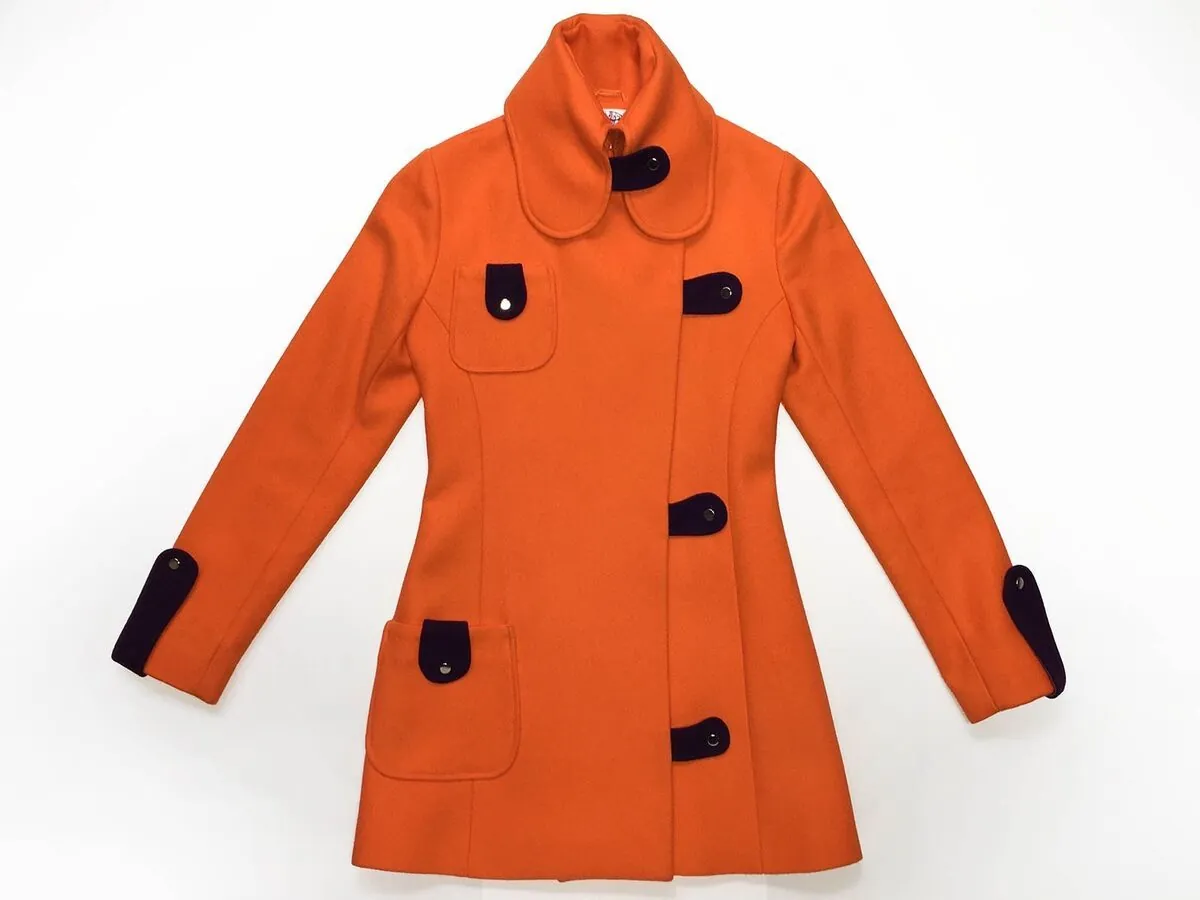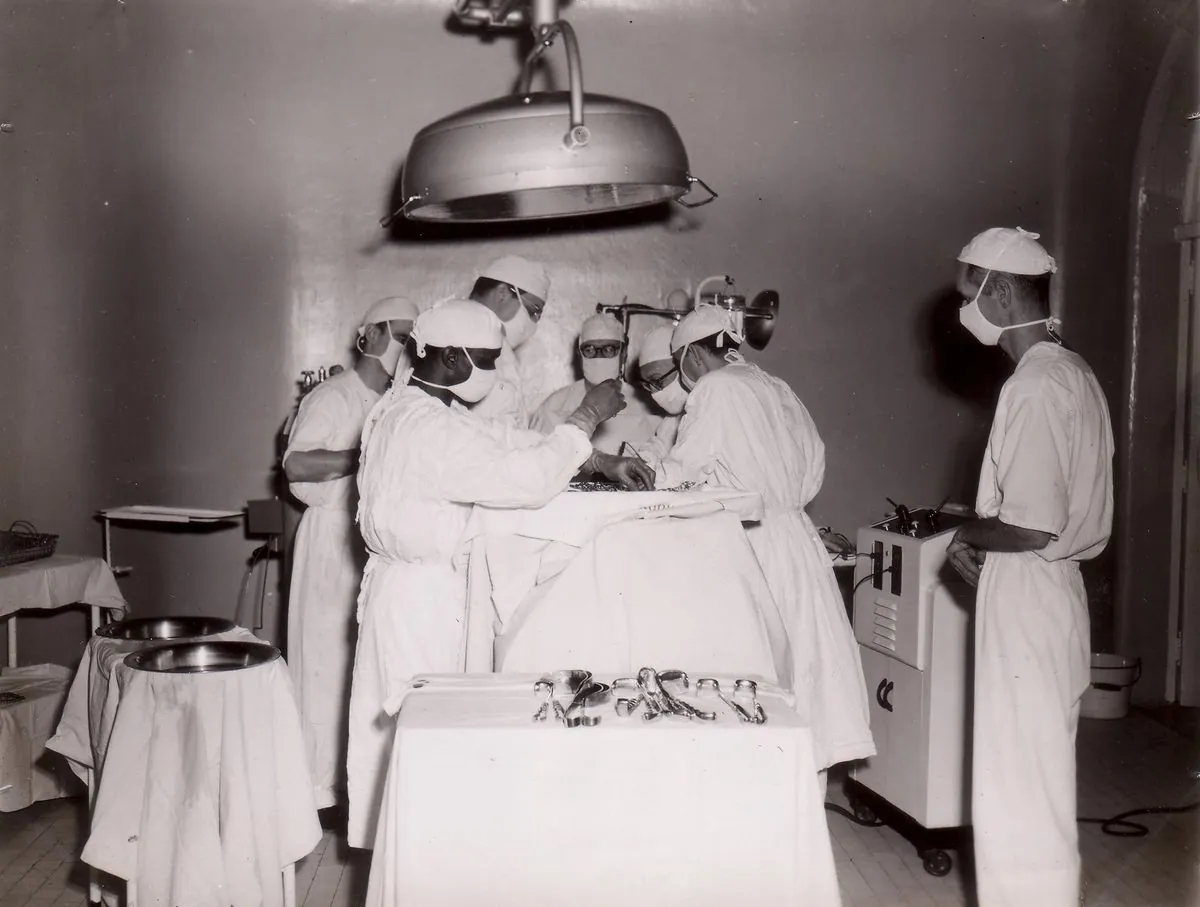Lost 1960s Fashion Gem Resurfaces After 36-Year Mystery
A 1988 orange coat designed by Jean Pallant, missing for 36 years, has been discovered in an Oxfam shop. The remarkably well-preserved garment reunites the designer with a piece of her fashion legacy.

In a remarkable turn of events, Jean Pallant, a prominent figure in the 1960s cultural revolution of fashion, has been reunited with a long-lost creation after an astonishing 36-year absence. The orange coat, adorned with large buttons, resurfaced in an unexpected location, bridging decades of fashion history.
Crafted on Pallant's kitchen table in 1988, the coat gained recognition through a feature in the Sunday Telegraph that same year. The Sunday Telegraph, established in 1961, has long been a platform for showcasing innovative design and cultural shifts. However, the coat's journey took an unforeseen detour when it vanished along with five other pieces designed by Pallant and her husband Martin.

The fashion industry has undergone significant transformations since the coat's creation. The 1960s saw a shift towards more casual and youthful styles, with bold colors and innovative designs becoming hallmarks of the era. Pallant's work, including the recently rediscovered coat, exemplifies this revolutionary period in fashion history.
"It's like seeing a child. It's lovely. I know every single square inch of it, and I'm absolutely amazed that it looks so new, and it feels new. Everything about it looks exactly as it did when it went missing."
The coat's reappearance is particularly significant in the context of modern fashion concerns. As the industry faces increasing pressure to become more sustainable and ethical, vintage clothing has gained popularity. The preservation of Pallant's coat for over three decades showcases the enduring quality of well-crafted garments, contrasting sharply with the disposable nature of fast fashion.
Marina Ikey-Botchway, the Oxfam shop manager in Mill Hill, London, played a crucial role in this fashion reunion. Her keen eye distinguished the coat from a donation of high street fast-fashion clothes, recognizing its unique value. This discovery highlights the important role charity shops like Oxfam play in recycling and reusing clothing, contributing to sustainability efforts in the fashion industry.
The coat's immaculate condition after 36 years is a testament to the care it received and the quality of its construction. Pallant expressed amazement at its pristine state, noting that it appeared brand new and odor-free. This preservation is particularly noteworthy given the challenges of maintaining vintage clothing, which often requires specific care techniques to maintain fabric integrity.
This reunion has rekindled Pallant's hope of recovering other missing pieces from her collection. Among these is a white jumpsuit and jacket with mink spots, worn by Pallant herself in a 1972 TV fashion show celebrating Britain's entry into the Common Market. This piece holds particular significance, as it represents a pivotal moment in both fashion and political history.
As the fashion world continues to evolve, with increasing focus on sustainability and ethical practices, stories like Pallant's serve as reminders of the enduring value of well-crafted, timeless designs. The rediscovery of this 1960s fashion gem not only reunites a designer with her creation but also offers a glimpse into a transformative era of style and cultural change.


































